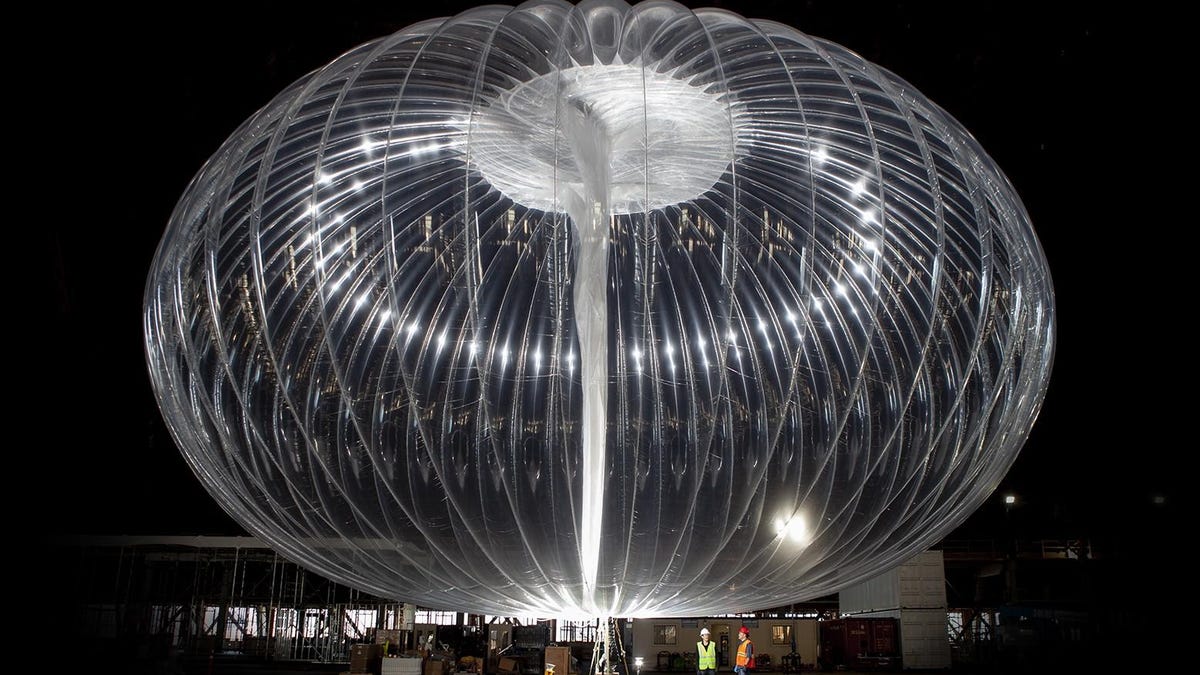Alphabet's Loon is providing internet access to Peru's earthquake victims
The internet balloons provided service to affected areas within 48 hours.

Loon's internet balloons provide internet access from the sky.
Google parent company Alphabet is using internet balloons to provide data to Peru's earthquake victims.
Alphabet's Loon, started in 2016, uses solar-powered balloons as Wi-Fi carriers to deliver signals from up in the air. The company said Thursday it's using its balloons to provide LTE to areas of Peru affected by a magnitude 8.0 earthquake that hit earlier this week.
Loon was able to quickly respond to the situation because it'd already been active in Peru. The company says it's spent the last few months negotiating a commercial contract with telecommunications company Telefónica to provide mobile internet access to areas around the country, especially those that are remote.
In the last month, Loon began installing infrastructure and testing the balloons. When the earthquake hit, Peru's government and Telefónica asked Loon to send balloons to the affected area. The first balloon arrived Tuesday, and more are being sent.
"As Loon has evolved, we've come to better understand our ability to respond in disaster scenarios," Loon CEO Alastair Westgarth wrote in a post.
Loon also used its internet balloons in 2017 to bring internet access to people in Puerto Rico following Hurricane Maria. It took about four weeks to provide service then.
"In this instance, we were able to begin providing service in about 48 hours, because we had already deployed the building blocks of the Loon network," Westgarth wrote.
Loon says it aims to provide service to billions of people who don't have it, regardless of whether there's a disaster. The company plans to launch commercial service later this year that'd provide mobile internet access to underserved areas.

